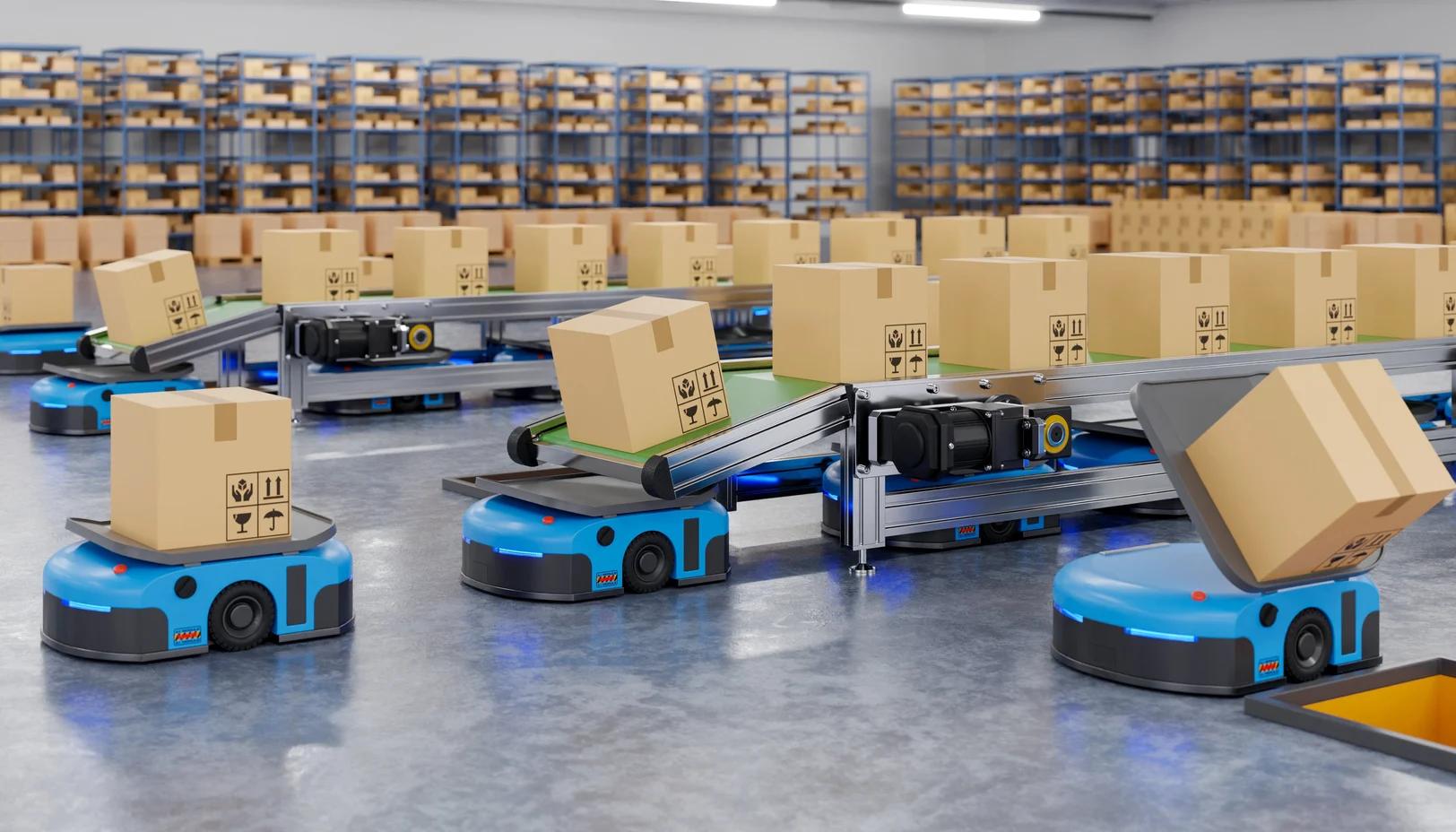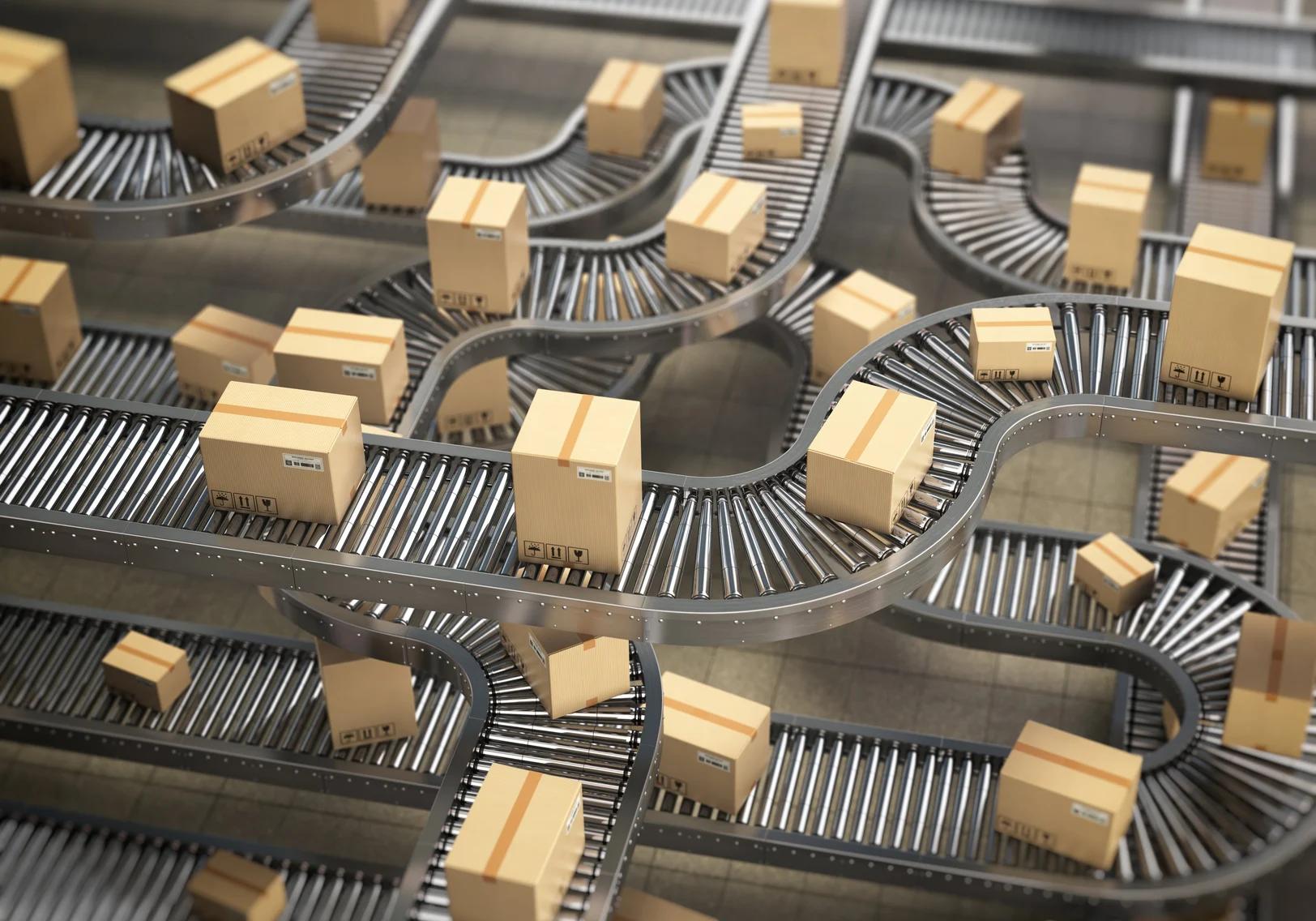Supply Chain Technology
Improve Transparency of Your Supply Chain by Embracing Digital Transformation
08/07/2023
What kind of digital solutions exist for improving supply chain transparency? What are their benefits and costs?
With growing supply chain complexity and interconnectivity of business ecosystems, achieving a secure and transparent supply chain became a critical factor for success. Customers, regulators, and stakeholders demand greater visibility into the processes that drive the movement of goods and services. The previous manual methods are proving themselves lacking, signifying businesses that it’s time to embrace digital transformation.
However, there are several ways to achieve one goal, and all of the solutions have their own merits and disadvantages. In this article, we will explore three key technologies - cloud-based technology, Internet of Things (IoT) and blockchain - that are most frequently used to enhance supply chain transparency, and discuss their respective pros and cons in implementation.

Photo by garloon on envato elements
1. Cloud-Based Technology:
Cloud-based technology refers to the use of remote servers to store, manage, and process data over the internet instead of being hosted locally on a user's device or on-premises servers. It allows users to access and utilize computing resources, storage, software, and databases remotely.
Pros:
Access to real-time data: Cloud-based solutions enable stakeholders to access real-time data from anywhere, providing a comprehensive view of inventory levels, production processes, and logistics. The data is updated constantly, increasing supply chain visibility and allowing more oversight over internal and external processes and partnerships.Cost-effective:: when companies shift to cloud-based solutions, they no longer have need for physical storages, essentially reducing operational costs for setup and software maintenance. Instead of buying more equipment, you minimize costs by focusing on one provider.Improved communication and efficiency: Cloud technology facilitates seamless collaboration between different departments, suppliers, and partners, enhancing communication and decision-making. By ensuring better end-to-end communication, businesses can improve efficiency of their processes by keeping everything accounted for.Better scalability and flexibility: Cloud solutions can scale with the business, making it suitable for both small enterprises and large corporations. It offers flexibility to adapt to changing business needs. Moreover, cloud solutions can help organize and maintain complex supply chains, allowing better coordination of necessary data with long-term affordable prices.
Cons:
Data security and privacy risks: Storing sensitive supply chain data on remote servers raises security concerns. In fact, ensuring supply chain data security has been one of the major issues of cloud-based solutions to date. Businesses must implement additional security measures to protect against data breaches.Reliance on internet connectivity: A reliable internet connection is necessary to access cloud services and data stored in them. Meaning that downtime or connectivity issues can temporarily disrupt supply chain operations.Risk of choosing the wrong provider: Selecting the ideal cloud service provider may be a difficult task, and there is no guarantee that you will find one that will fulfill your every need. Thorough research is essential to not get it wrong. Seek out companies that have a track record of delivering positive results and are committed to supporting you throughout the entire process.Integration complexity: Integrating cloud solutions with existing systems can be complex and time-consuming, requiring careful planning and expertise. Not to mention, that the supply chain employees themselves need to work with you to reach the full integration of the cloud solution and understanding of its application. Otherwise, it’s possible to lose focus and momentum of your business.

Photo by vanitjan on envato elements
2. Internet of Things (IoT):
The Internet of Things (IoT) refers to a network of interconnected devices, objects, and sensors that can collect, exchange, and analyze data over the internet without requiring direct human intervention. These devices are embedded with sensors, allowing them to gather data from their surroundings and take actions based on that data. To learn more about IoT technology, check out one of our older blog posts
here.Pros:
Real-time tracking and monitoring: IoT devices enable real-time tracking of goods and other company assets, providing accurate information and updates on their location and condition throughout the supply chain. In case of the damage or loss of goods, an IoT-powered system will notify responsible people, so the problem could be remedied swiftly.Data-driven insights: The data collected by IoT devices allows businesses to make better decisions, optimize inventory management, and improve overall supply chain efficiency. More effective inventory management in turn means that businesses can easily respond to sudden surges within the market.Predictive maintenance: IoT-driven predictive maintenance helps identify potential equipment issues before they disrupt supply chain operations, reducing downtime and maintenance costs.
Cons:
Data security risks: The proliferation of IoT devices increases the potential for cyberattacks and data breaches. Ensuring data security is crucial to avoid potential vulnerabilities, so it’s crucial to choose the right IoT services provider that pays attention to data processing and storage vulnerabilities.Complexity and cost: Implementing IoT solutions can be expensive and complex, especially for smaller businesses, as it involves investing in hardware, software, and connectivity infrastructure. Another layer of complexity is added by additional and adequate employee training, so they will have no problems operating IoT devices in warehouses and vehicles.Need for stable connection: IoT-powered systems also heavily rely on stable connection or internet access. It needs sufficient speed to be able to sustainably store and transfer information for proper supply chain management.Interoperability Challenges: Different IoT devices may come from various manufacturers and providers. Some may not be compatible to work with other IoT devices, leading to interoperability challenges that need to be addressed.

Photo by maxxyustas on envato elements
3. Blockchain Technology:
Blockchain is a decentralized and immutable distributed ledger that records transactions across multiple devices (known as nodes) in a secure manner. Each transaction, or "block," contains a cryptographic link to the previous block, creating a chain of blocks. Once a block is added to the chain, it cannot be altered, ensuring data integrity and transparency.
Pros:
Enhanced traceability: Blockchain enables end-to-end traceability of products, from raw materials to the final consumer, by creating a decentralized and immutable record of all transactions across the value chain. Blockchain history also can be used to enforce ethical and sustainable business practices more effectively, especially in industries involving materials prone to unethical sourcing.Immutable record: Transactions and any data recorded on the blockchain cannot be altered by anyone once entered, providing a transparent and tamper-proof audit trail of supply chain activities.Trust and security: The decentralized nature of the blockchain ensures that no single entity has control over the data, and the immutability of the network adds another layer of protection against unauthorized tampering with data, enhancing user trust and data security. Another blockchain function that allows creation of smart contracts guarantees that all parties involved in supply chain operations adhere to the terms defined in contract, reducing the risk of poor contract execution.
Cons:
Scalability, data storage and processing: As the blockchain ledger grows, storing and processing large volumes of data can become a challenge. When it comes to public blockchains, factors like processing power, high-speed internet connectivity, energy consumption, and storage space need to be carefully considered. Most blockchain networks do not have required speed and scalability to include all supply chain partners.Integration and interoperability complexity: Integrating blockchain with existing supply chain systems may require significant effort and coordination. Moreover, most businesses have their own existing platforms in place and this raises an issue of compatibility of blockchain technology with the ecosystem in place.Energy consumption: The energy-intensive nature of blockchain networks and its scalability and speed may raise concerns about its environmental impact and sustainable use.Data security and privacy risks: For blockchain, several security risks exist across following categories: confidentiality, integrity, and smart contracts. Since data stored on blockchain is available to all participants, it’s best not to store confidential data on public chains. Smaller blockchain networks with fewer nodes are at bigger risk at compromising data integrity. And finally, due to the immutable record-keeping, if a bugged smart contract is deployed on the public blockchain, it cannot be updated and it risks being exploited once it's found out.
What’s next?
Digital transformation through cloud-based technology, IoT, and blockchain presents exciting opportunities for businesses to enhance supply chain transparency. These technologies offer real-time data access, predictive analytics, and enhanced traceability. However, businesses must carefully consider the associated challenges, such as data security, integration, and initial investment challenges to effectively leverage these technologies for a more transparent and efficient supply chain.
Alternatively, it’s possible to combine several solutions into one, to reap all of the benefits with fewer losses. This is what Prometeo Chain System did when developing its blockchain 4.0 solution that could be integrated with IoT and GPS devices, has its own AI mechanisms in place for network optimization and does not require cloud for information storage.
Stay tuned in to find out more about our campaign on Wefunder and how our Ikarus technology is going to transform the supply chain management and logistics sector in our next and last article in this series!
Reference List:
Blogger, G., & Blogger, G. (2018, August 27). Supply Chain Transparency Increases with IoT Adoption. All Things Supply Chain - Supply Chain trends, best practices, news and much more!
https://www.allthingssupplychain.com/supply-chain-transparency-increases-with-iot-adoption/Henry, W., Chen, E., Kathawate, R., & Coulter, J. (n.d.). Using blockchain to drive supply chain transparency. Deloitte United States.
https://www2.deloitte.com/us/en/pages/operations/articles/blockchain-supply-chain-innovation.htmlHuivan, N. (2022). IoT for Supply Chain: Benefits, Challenges and Utilization. IoT in Supply Chain & Logistics: Benefits, Challenges and Utilization.
https://atlasiko.com/blog/iot/iot-in-supply-chain/#benefits-of-iot-for-supply-chain-and-logisticsSaliba, M. (2022, August 16). Benefits and challenges of cloud-based solutions in supply chain management. Orkestra.
https://www.orkestrascs.com/blogs/benefits-and-challenges-of-cloud-based-solutions-in-supply-chain-management
 Photo by garloon on envato elements
Photo by garloon on envato elements Photo by vanitjan on envato elements
Photo by vanitjan on envato elements Photo by maxxyustas on envato elements
Photo by maxxyustas on envato elements